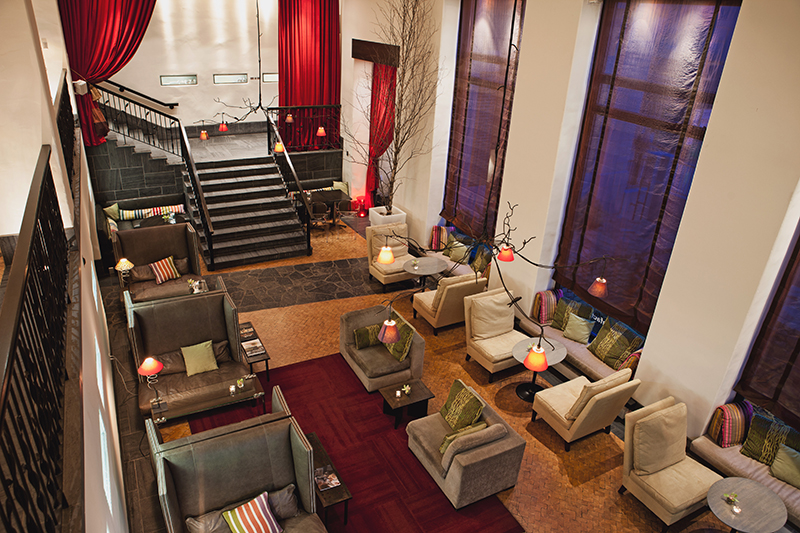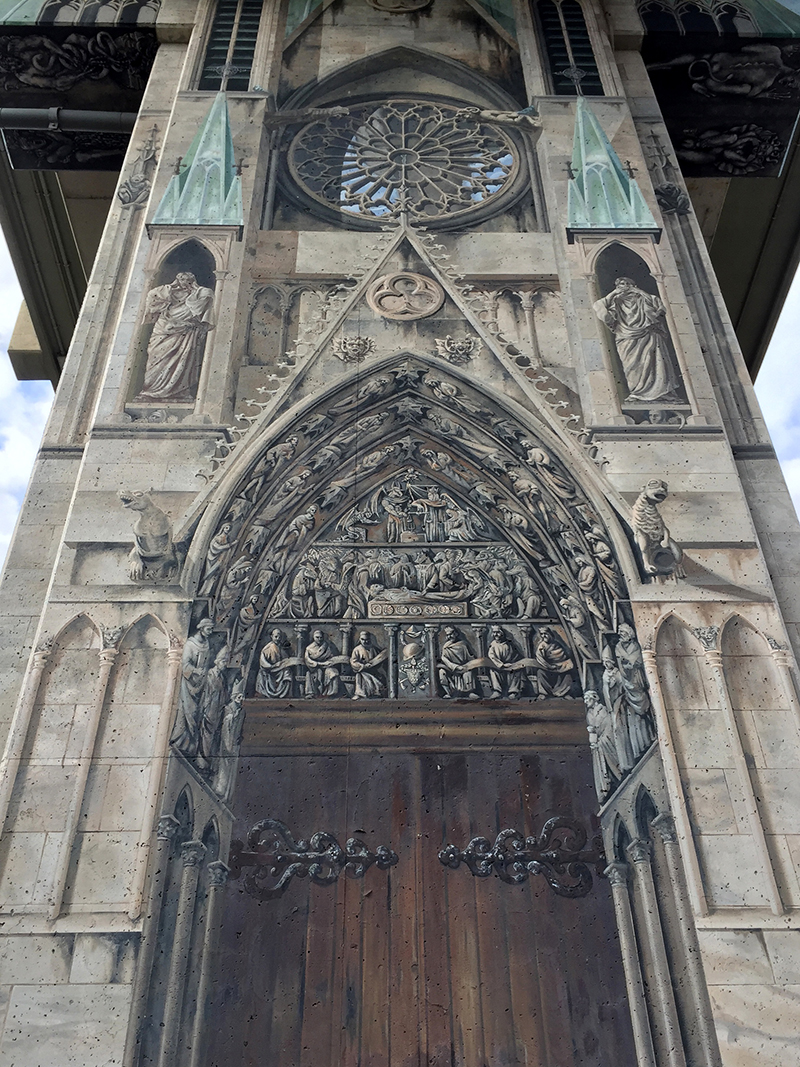
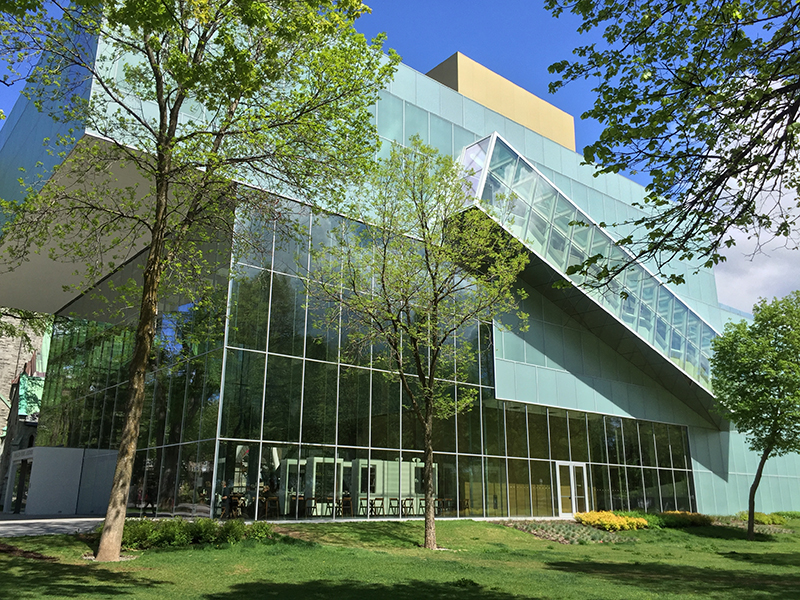
Pierre Lassonde Pavilion, Photo Credit: Carolyn B. Heller
Quebec City may be better known for its history than its contemporary art, but when the dramatic glass Pierre Lassonde Pavilion opened in 2016 at the Musée National des Beaux-arts du Québec, it knocked this Canadian city’s art scene up a notch.
We’ve scouted out what’s happening at the fine arts museum this season and explored other colorful neighborhoods to assemble the ideal itinerary for a cultural conquest of Quebec.
Musée National des Beaux-arts du Québec
Start your tour in the attraction’s aforementioned Pierre Lassonde Pavilion (179 Grande-Allée Ouest), which doubled the institution’s gallery space when it opened in 2016. It’s now the museum’s primary showcase for contemporary art from both its permanent collection and temporary exhibitions.
On the main floor, this summer’s exhibits include “Philippe Halsman: Astonish Me!” (through September 4), featuring works by the American photographer who is known for his portraits of celebrities such as Marc Chagall, Rita Hayworth and Richard Nixon.
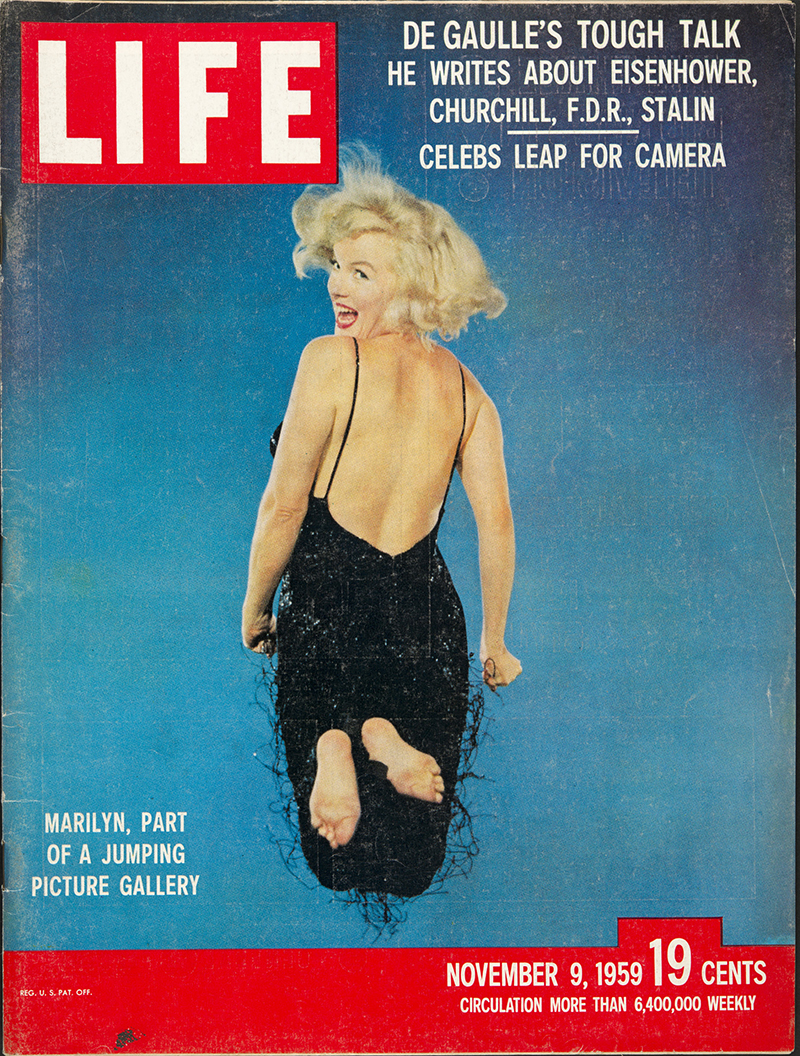
Marylin Monroe’s Life Magazine Cover, 1959, Photo Credit: Philippe Halsman/Magnum Photos
Four rooms devoted to contemporary art in Quebec dominate the pavilion’s second floor, while the third floor features a gallery of Quebecois design from the 1960s to the present and another displays art of the Inuit, from Canada’s far north.
When you’ve completed your explorations of the Lassonde Pavilion, follow the underground passageway to the museum’s three other buildings. The Charles Baillairgé Pavilion, once a prison, showcases works by notable Quebecois modern artists from the 1940s to the 1960s. You can even peek into some of the former jail cells.
Galleries in Old Quebec
A cluster of established galleries along Rue Saint-Paul in the Basse Ville (Lower City) exhibit works by artists from Quebec and beyond.
Galerie Alexandre Motulsky-Falardeau (209 rue Saint-Paul) shows a collection of haunting paintings by artist Louis Boudreault, who was born in Quebec’s remote Îles de la Madeleine but has been based in Montreal since 1998. He creates mixed-media portraits of notable people as children, from Pablo Picasso to Ernest Hemingway to the Dalai Lama. Stop in and see how many of his subjects you can recognize.
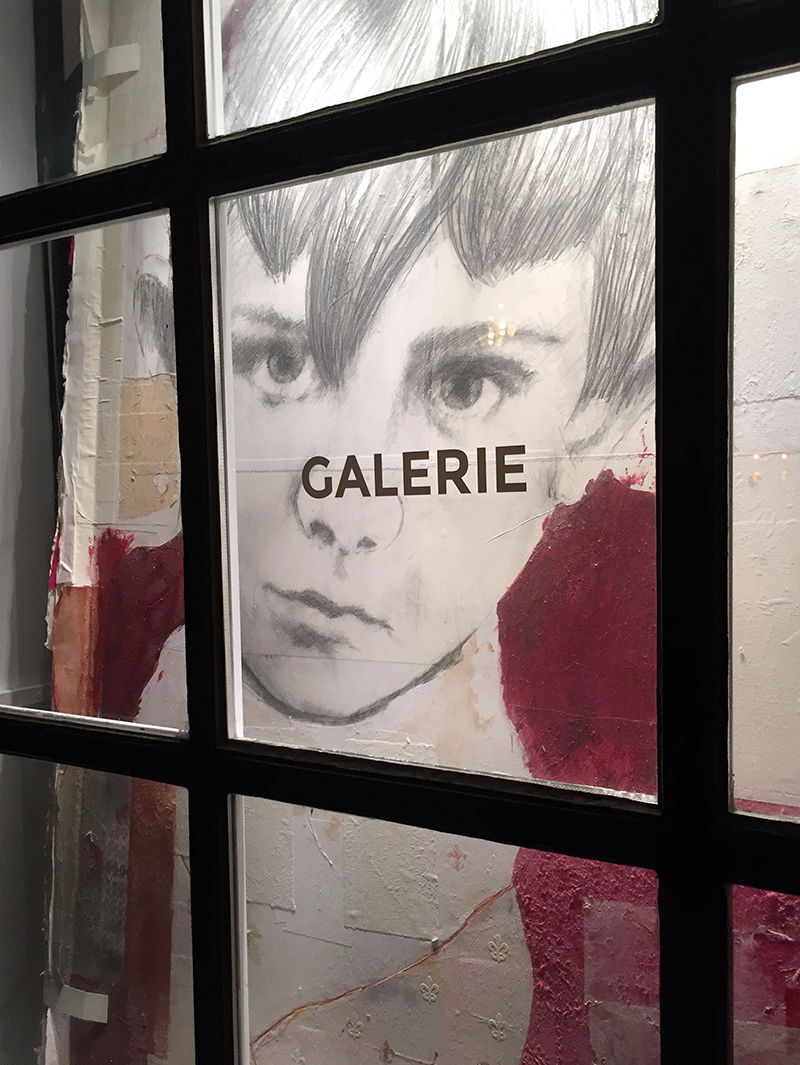
Galerie Alexandre Motulsky-Falardeau, Photo Credit: Carolyn B. Heller
Celebrity portraits of a different sort are on view at Galerie Perreault (205 rue Saint-Paul), which exhibits French artist Francoise Nielly’s vibrant paintings of Marilyn Monroe, Audrey Hepburn and other stars. The gallery also showcases a variety of Quebecois painters and sculptors.
Up the hill, near the landmark Fairmont Le Château Frontenac, Galerie Art Inuit Brousseau et Brousseau (35 rue Saint-Louis) specializes in works by indigenous artists from Canada’s northern regions. Look for carvings and sculptures crafted from whalebone, stone and other traditional materials.
Many more works that gallery founder Raymond Brousseau collected are on view in the Inuit Galleries that bear his name in the Musée National des Beaux-arts du Québec.
Galleries outside the Old City
In a brick row house on a leafy residential street around the corner from the fine arts museum, Galerie Linda Verge (1049 Avenue des Erables) represents a number of contemporary Quebecois artists and exhibits their work in regularly rotating shows.
On Rue Saint-Jean, lined with small boutiques and neighborhood bistros, petite gallery L’espace Contemporain (313 Rue Saint-Jean) has been spotlighting works by contemporary Quebecois artists since 2005. It mounts new exhibitions frequently, so there’s always something different to see.
Centre Materia (395 Boulevard Charest Est), in the trendy St. Roch district, is an artist-run center for contemporary craft. In a spacious street-level gallery, the exhibits showcase creations by Canadian and international artists.

Lumière sur l’Art Installation, Photo Credit: Musée National des Beaux-arts du Québec
Street art
While Quebec City isn’t as well known for street art as some other places, it’s worth seeking out two notable projects.
Underneath the Dufferin-Montmorency highway overpass, which divides Old Quebec from the St. Roch district, artists have painted the pillars that support the highway with cathedrals, Egyptian icons and other elaborate historical scenes. Find these Fresques des Piliers (Frescoes on the Pillars) on Boulevard Charest Est, near Rue Saint-Dominique.
Giant illuminated lampshades line Avenue Cartier, not far from the Musée National des Beaux-arts du Québec. The museum originally featured the works of acclaimed Quebecois artists Fernand Leduc and Alfred Pellan on 34 unique streetlights installed along the avenue in 2015.
Following the resounding success of the first installation, this second edition of the Lumière sur l’Art, in place until October, presents colorful creations inspired by artists Rita Letendre and Jacques Hurtubise, whose other works are on view at the museum in the exhibit “From Ferron to BGL: Contemporary Art in Québec.”
Where to stay
Numerous historical artifacts were unearthed beneath the Old Quebec site that now houses the Forbes Travel Guide Four-Star Auberge Saint-Antoine. Along with all the expected modern luxuries, this conveniently located 95-room boutique lodging incorporates heritage features throughout the property in displays that make it feel as if you’re walking through a museum.
The castle-like Fairmont Le Château Frontenac, reportedly the world’s most photographed hotel, towers over Old Quebec. Originally constructed as one of Canada’s grand railway hotels, this 611-room property (updated in 2014) will celebrate its 125th anniversary next year.
Also consider the Royal Suite, a posh “inn within a hotel” managed by Hotel Port-Royal. Discretely sited (there’s no sign) in a 19th-century former bank building, the suite comprises four deluxe guest rooms, which can be rented individually or together, with antique furnishings, marble baths and sparkling chandeliers.
